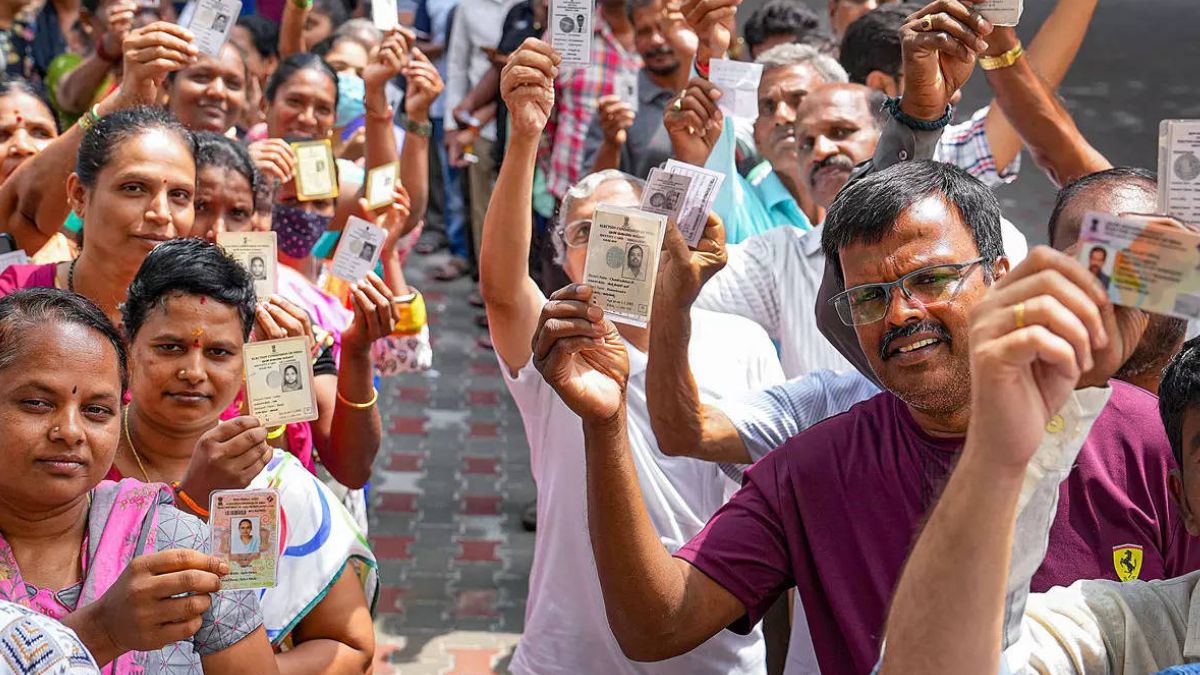● The vote will last for 44 days this year and the results will be announced on June 4. However, in previous years, the duration of the vote has ranged from as short as four days to as long as almost four months.
Approximately 15 million election officials and security personnel will journey across the nation’s deserts and mountain ranges – utilizing boats, walking, and at times riding on horseback – to ensure every voter is reached.
In 2019, officials also journeyed to a secluded village in the Himalayas to set up a polling station at an altitude of 15,256 feet (4,650 meters), making it the highest voting location globally.
“Going above and beyond”: Specialists attribute the staggered nature of India’s elections primarily to security considerations.
Significant numbers of federal security personnel, typically assigned to border protection, are redeployed to work alongside local law enforcement. Their mission is to ensure the safety of electoral staff and the secure transportation of voting equipment, mitigating the risk of electoral violence.
In past elections, particularly in West Bengal, violent confrontations between supporters of opposing political factions have disrupted the peace. However, the implementation of robust security measures in recent times has seen a reduction in such incidents, resulting in more tranquil polling periods.
Girish Linganna
Defence & Aerospace Analyst
(The author Girish Linganna of this article is a Defence, Aerospace & Political Analyst based in Bengaluru. He is also the Director of ADD Engineering Components, India, Pvt. Ltd, a subsidiary of ADD Engineering GmbH, Germany. You can reach out to him at: [email protected])
Views expressed in the article are the author’s own and do not reflect the editorial stance of Business Upturn.


